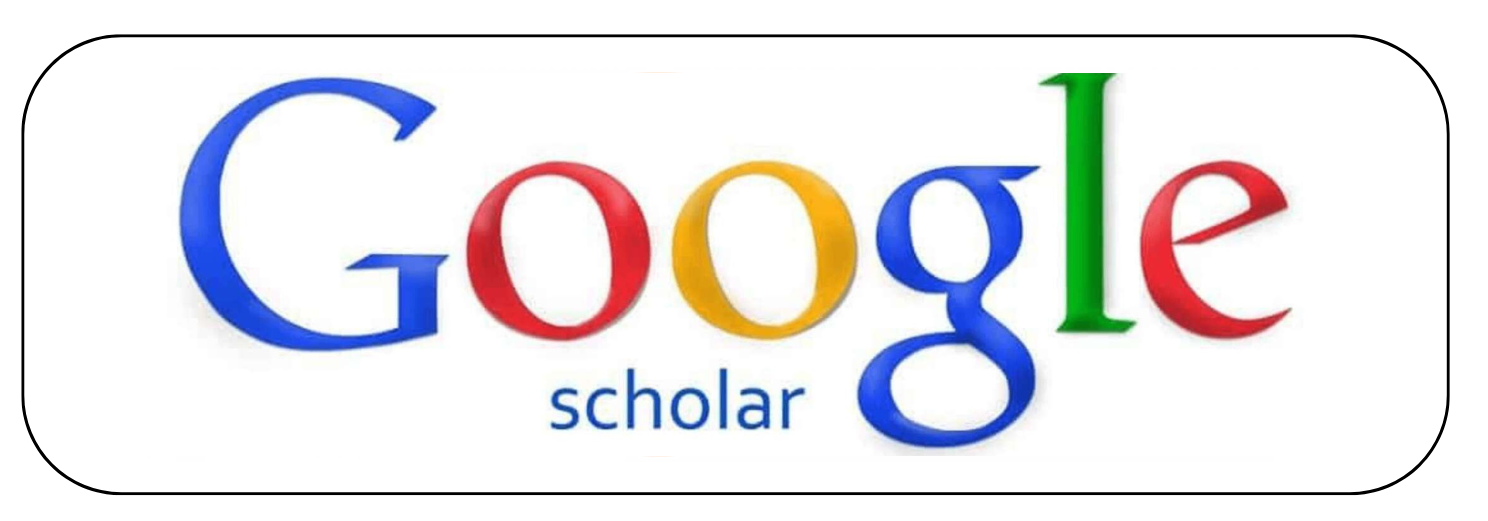Validity and Reliability of Lecturer Leadership Styles Questionnaires
DOI:
https://doi.org/10.61688/ajpbs.v4i2.130Keywords:
Lecturer, Leadership Styles, Validity, Reliability, QuentionnairesAbstract
In the modern age, leadership is one of the teaching competencies in teaching and learning that influences students’ engagement in higher learning. However, leadership styles demonstrated by lecturers may be interpreted differently across different cultures and populations. Hence, there is a need to establish new instrumentation with strong validity and reliability evidence of lecturer leadership styles questionnaire according to the sample size, language, and acceptance of respondents. This study involved undergraduate students of the Faculty of Sport Science, UiTM from the Arau, Shah Alam, Seremban 3, and Jengka campuses. There are 410 undergraduate students involved in this study. There are 44 items of the Lecturer Leadership Styles Questionnaire undergone the process of constructing validity and reliability by employing the Exploratory Factor Analysis (EFA) and Cronbach Alpha model. After going through the process, 37 items of the Lecturer Leadership Styles Questionnaire were accepted and the rest were dropped out. To verify the factor structure of a set of observed variables, Confirmatory Factor Analysis (CFA) was employed in the Leadership Styles Questionnaire. CFA analysis depicted the sample data fit the measurement model of Leadership Styles (RMSEA = .050, GFI = .942, AGFI = .917, TLI = .983, NFI = .969). In a nutshell, the Lecturer Leadership Styles Questionnaire instrument with strong validity and reliable evidence can be used for further study in a similar setting.
Downloads
Published
How to Cite
Issue
Section
License
Copyright (c) 2023 Muhammad Faizal Kutip

This work is licensed under a Creative Commons Attribution 4.0 International License.
Published by Universiti Poly-Tech Malaysia. This article is licensed under the Creative Commons Attribution (CC BY 4.0) license. Anyone may reproduce, distribute, translate, and create derivative works from this article (for both commercial and non-commercial purposes), provided full attribution is given to the original publication and authors. The complete terms of this license can be found at:http://creativecommons.org/licenses/by/4.0/legalcode













